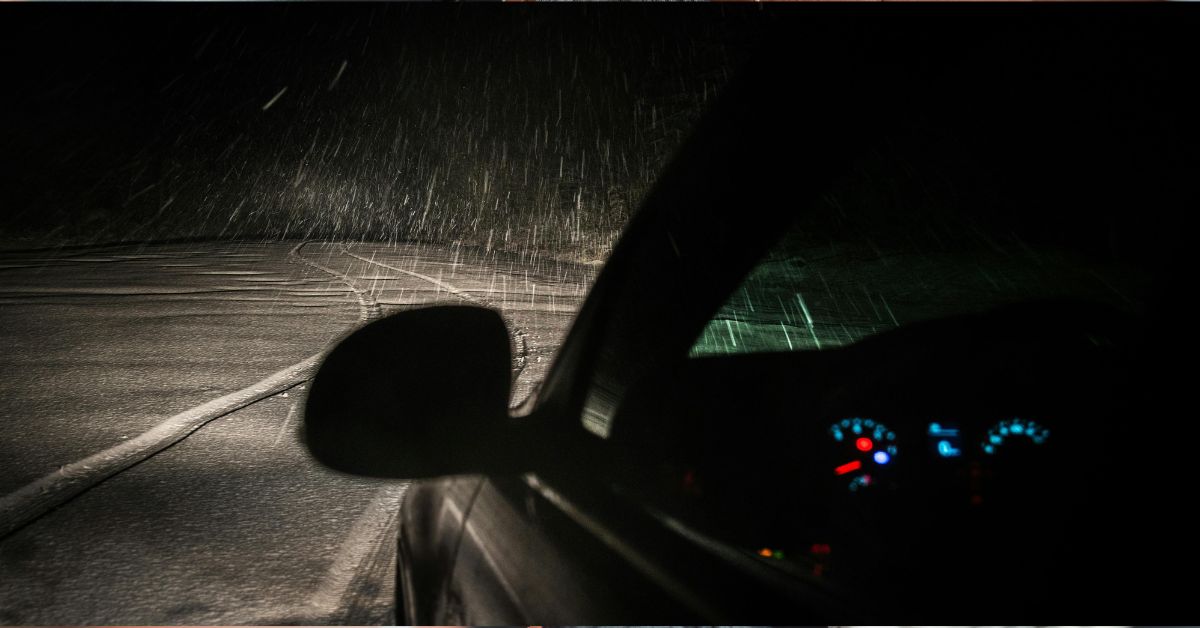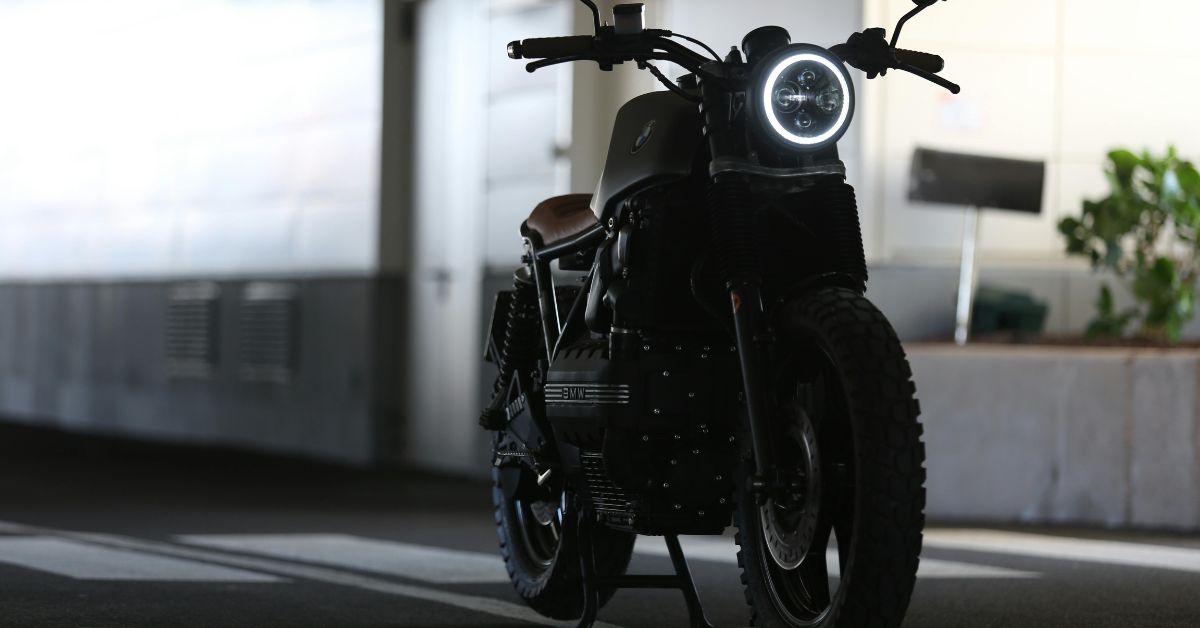Night Driving Tips
Every time we get into a car we risk our lives. Driving is one of the most dangerous activities we do, yet we do it daily and without concern. As we slide our key into the ignition and pull on our seatbelt, we never pause to think about the roughly 18,000 car accidents that occur in the U.S. each day – accidents that injure every 14-seconds and kill every 12-minutes. We don’t worry about the statistics; we simply get in our cars and go.
Driving during the day is risky enough, but driving at night is a whole other ballgame. According to the National Safety Council, traffic death rates are three times greater at night than during the day. The reason for this includes everything from impaired vision to fatigue to the increased use of alcohol (weekend nights see the highest number of fatal crashes).
Since 95% of all crashes are due to driver error (according to the National Highway Traffic Safety Administration), it seems we have at least some power over not becoming a statistic. In addition to wearing a seatbelt, paying proper attention and driving the right speed for the conditions, there are other measures we can take to improve our chances of staying safe on the dark and dangerous roads.
- Clean your headlights, taillights, signal lights and windows often.
- Clean the windshield with a newspaper to remove streaks.
- Clean and adjust the side-view mirrors.
- Aim your headlights properly so they are not blinding oncoming traffic (instructions can be found in the owner’s manual for those do-it-yourself types).
- Dim the instrument panel and dash lights and turn off the map lights.
- Don’t stare into oncoming headlights (watch the right edge of the road for guidance).
- Don’t smoke while driving.
- Don’t overdrive the headlights. In other words, be able to bring the car to a complete stop within the distance you can see. To determine the stopping distance, use the four second rule. As you are driving, take note of where your low-beams reach and then count four seconds. If you reach that point in less than four seconds, you are driving too fast.
- Drive slower and put more space between your car and the car in front of you.
- Don’t drive fatigued.
- If you have to pull over, pull off the road as far as possible.
When driving at night, keep in mind that your peripheral vision, depth perception and ability to distinguish color are all impaired. And, although you may be able to see as far as a half-mile ahead during the day, at night you will only be able to see as far as your headlights allow around 80 to100 feet. Keep these facts in mind and follow the guidelines above and you should greatly increase your chances of driving accident free. Of course, not everyone follows safe driving practices, so stay focus, stay alert and watch out for the other guy!








